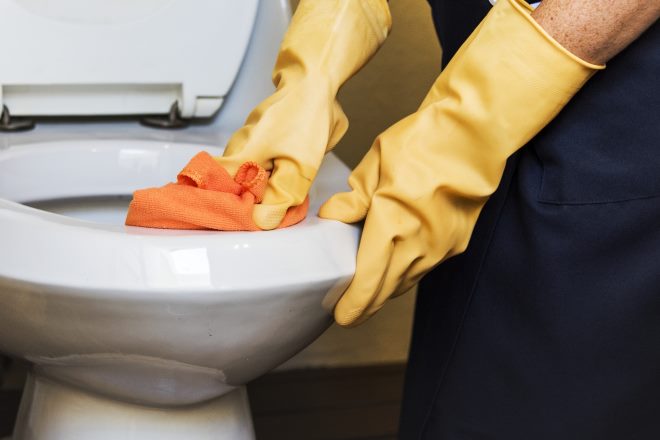Bathroom Hygiene Simplified: The Power of Cleaning Wipes
Discover how cleaning wipes are transforming bathroom maintenance, offering a quick and efficient solution for everyone, including seniors and individuals with disabilities. Learn about their various applications, advantages, and environmental considerations to make informed choices for your cleaning routine. Explore the types of wipes available and get expert tips on maximizing their effectiveness in your bathroom.

Cleaning wipes have emerged as a game-changer in bathroom hygiene, providing a convenient and effective way to maintain cleanliness. These disposable products are particularly useful for high-contact surfaces such as toilet seats, handles, and faucets, helping to reduce the spread of harmful microorganisms and create a healthier environment.
For older adults, cleaning wipes offer numerous benefits that simplify bathroom maintenance:
- Ease of use: The straightforward wipe-and-go method is ideal for those with limited mobility or arthritis.
- Lightweight solution: Eliminating the need for heavy cleaning supplies or water buckets.
- Safety enhancement: Reducing slip hazards associated with wet floors from traditional mopping.
- Accessibility: Easily stored within reach for quick cleanup without assistance.
Individuals with disabilities also find cleaning wipes advantageous:
- Single-hand operation: Many wipes are designed for use with just one hand.
- Forgiving application: No need for precise aiming or specific motions.
- Low physical demand: Minimizes strain due to their lightweight nature.
- Versatility: Various options available to accommodate different needs and preferences.
When selecting cleaning wipes for bathrooms, consider these types:
- Disinfectant wipes: Containing antimicrobial agents for germ elimination.
- Multi-surface wipes: Suitable for various bathroom fixtures and surfaces.
- Specialized toilet seat wipes: Designed specifically for sanitizing toilet seats.
- Flushable options: For personal hygiene, though not recommended for all plumbing systems.
- Heavy-duty variants: Ideal for tackling stubborn bathroom grime.
Choose based on the surfaces to be cleaned, specific hygiene requirements, and user needs.
Environmental considerations when using cleaning wipes include:
- Waste generation: Most are single-use, contributing to landfill accumulation.
- Non-biodegradable materials: Many contain synthetic fibers that persist in the environment.
- Plumbing risks: Non-flushable wipes can cause pipe blockages and sewage issues.
To mitigate environmental impact:
- Opt for eco-friendly or biodegradable wipes when available.
- Dispose of wipes in trash receptacles, never flushing unless explicitly labeled as flushable.
- Use wipes judiciously, complementing with reusable cleaning tools where appropriate.
Tips for effective use of cleaning wipes in bathrooms:
- Position wipes in easily accessible locations for convenience.
- Use separate wipes for different areas to prevent cross-contamination.
- Adhere to package instructions regarding contact time for proper disinfection.
- Regularly clean high-touch points like doorknobs and light switches.
- Consider textured wipes for more effective cleaning of stubborn stains.
- Supplement wipe usage with periodic deep cleaning for comprehensive hygiene.
Cleaning wipes have become an essential tool in maintaining bathroom cleanliness, offering benefits in convenience, efficiency, and accessibility for users of all ages and abilities. By understanding their advantages and proper usage, individuals can effectively incorporate cleaning wipes into their bathroom maintenance routines, ensuring a more hygienic environment for all household members.






